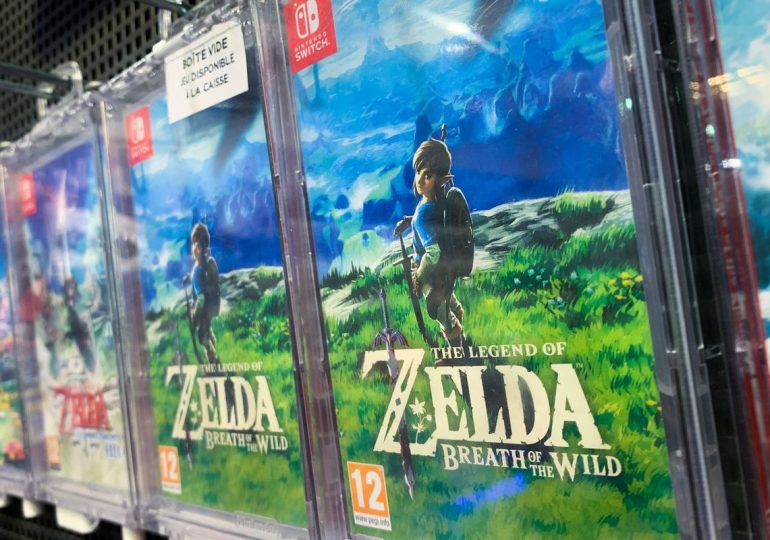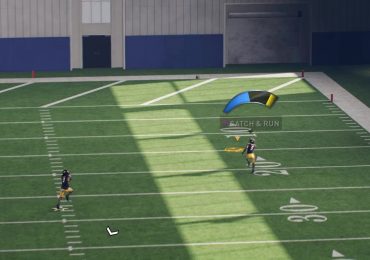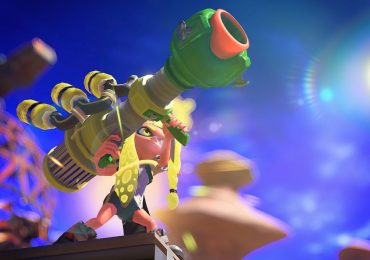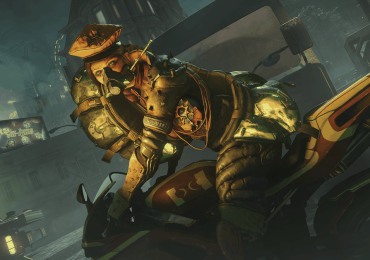In the seven years since its release, the Nintendo Switch has become a beloved piece of hardware. Not only is it Nintendo’s best-selling console, it’s one of the most popular consoles of all time. It’s also the console that boosted Nintendo’s reputation after the poor reception of Wii U. In 2021, former Nintendo of America president Reggie Fils-Aimé, looking back on the Switch, said it was a “make or break” console for Nintendo.
But behind the rose-colored glasses of the Switch’s success, Nintendo has faced its share of controversies. Since 2017, Nintendo’s been criticized for several issues related to the Switch console — like Joy-Con drift, the launch slate of Wii U ports, and hardware shortages. Ahead of Nintendo’s next-generation console, for which there will certainly be lots of new discourse, let’s look back at some of the controversies around the original Switch.
Nintendo Switch shortages
No, I’m not talking about the Switch shortage of 2020, when the console suddenly became nearly impossible to find. Nintendo also faced a Switch shortage upon the system’s release in 2017. People have long accused Nintendo of intentionally creating shortages of its products to hype up demand, and it was no different with the Switch. Nintendo sold nearly 2.8 million consoles in its first month of sales in March 2017, and said at that time it planned to have 10 million more units available by the end of that fiscal year. Nintendo vastly underestimated how many people wanted a Switch.
It became so hard to find that Nintendo had to put out a statement that this wasn’t intentional. Nintendo senior director of corporate communications Charlie Scibetta told Ars Technica in June 2017 that Nintendo didn’t have an intentional plan “in terms of shorting the market.” The company was making consoles as fast as it could, he said.
“We anticipated there was going to be demand for it, but the demand has been even higher than we thought,” Scibetta said. “We had a good quantity for launch. […] Unfortunately, we’re in a situation right now where as quick as it’s going into retail outlets it’s being snapped up. It’s a good problem to have, but we’re working very hard to try and meet demand.”
Former GameStop chief operations officer Tony Bartel said in March 2017 that he expected the shortages to last the entire year. A Financial Times report from May 2017 suggested that Nintendo leadership was pushing to release 18 million units by March 2018, upping that earlier 10 million number. Nintendo was working hard to make sure it had enough stock for the holidays.
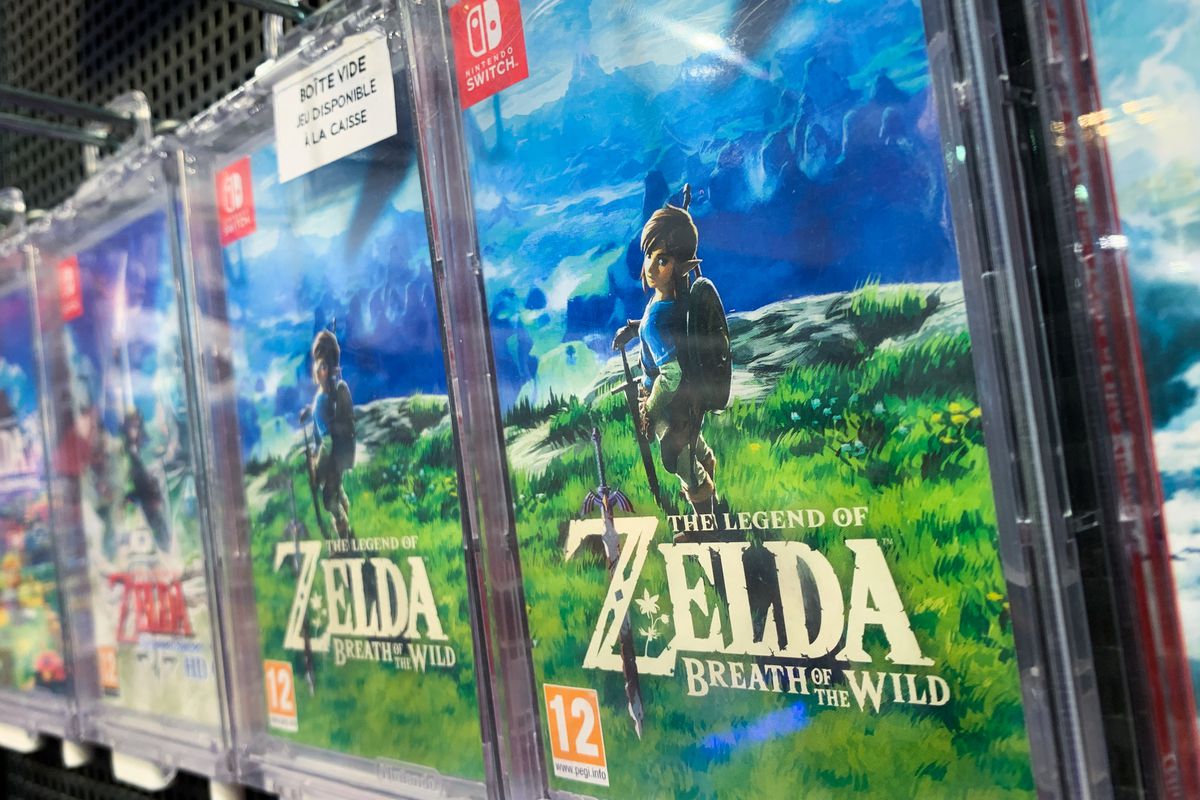
Too many Wii U ports
Around the time the Switch launched, and well into the years after, it was hard to ignore the yells of people mad that there were too many Wii U ports. People were upset for a few reasons, one of which was that people who owned the Wii U version would have to purchase it again to play it on Switch. (And, often, these games were just as expensive the second time around.) For a while, people felt like there were too many Wii U ports and not enough exclusives, though the number of games released did not support that claim. Nintendo released more than a dozen games on Switch in 2017, only three of which were ports.
Here’s the thing: The Wii U did not sell well, which meant that there were a lot of Wii U games that people simply didn’t play; it made sense for Nintendo to port those to Nintendo Switch, just to get more games in players’ hands. Nintendo has kept porting games from Wii U to Switch as the years have gone on, but it’s always felt additive rather than like it’s taking resources away from new game development. The most valid part of this controversy, though, is that people have had to pay full price to buy games a second time.
Joy-Con drift and other controller issues
Nintendo Switch players have been battling Joy-Con drift for years now. What is Joy-Con drift? It’s when your controller activates with a false input, meaning your controller moves your character or cursor on screen without you pushing anything. It impacts the joysticks, and is very annoying. A lot of Switch players have had crucial moments devastated by drift. Nintendo’s never really said why Joy-Con drift happens, but it’s speculated to be due to worn-down internal parts. Nintendo knows it’s a problem: Nintendo president Shuntaro Furukawa apologized for “any trouble caused” to customers related to the Joy-Cons.
Nintendo Switch players filed lawsuits against Nintendo for the Joy-Con problem. The cases were tossed out or forced into arbitration. The company does now offer free repairs to impacted controllers. The big problem with the Nintendo Switch Lite is that if you’re facing Joy-Con drift, you can’t just replace your controllers. Nintendo also released an updated, OLED version of the Nintendo Switch in 2021, but it still has Joy-Con drift — something Nintendo’s said is “unavoidable” due to regular wear and tear.
Lastly, Nintendo was also sued by video game peripheral maker Gamevice, which claimed Nintendo violated its patents on a device called the Wikipad. The courts ruled against Gamevice, and Nintendo won the lawsuit and the United States Trade Commission investigation that spawned from it. The Gamevice device does look like the Nintendo Switch, sort of — but there are major differences that separate the two.
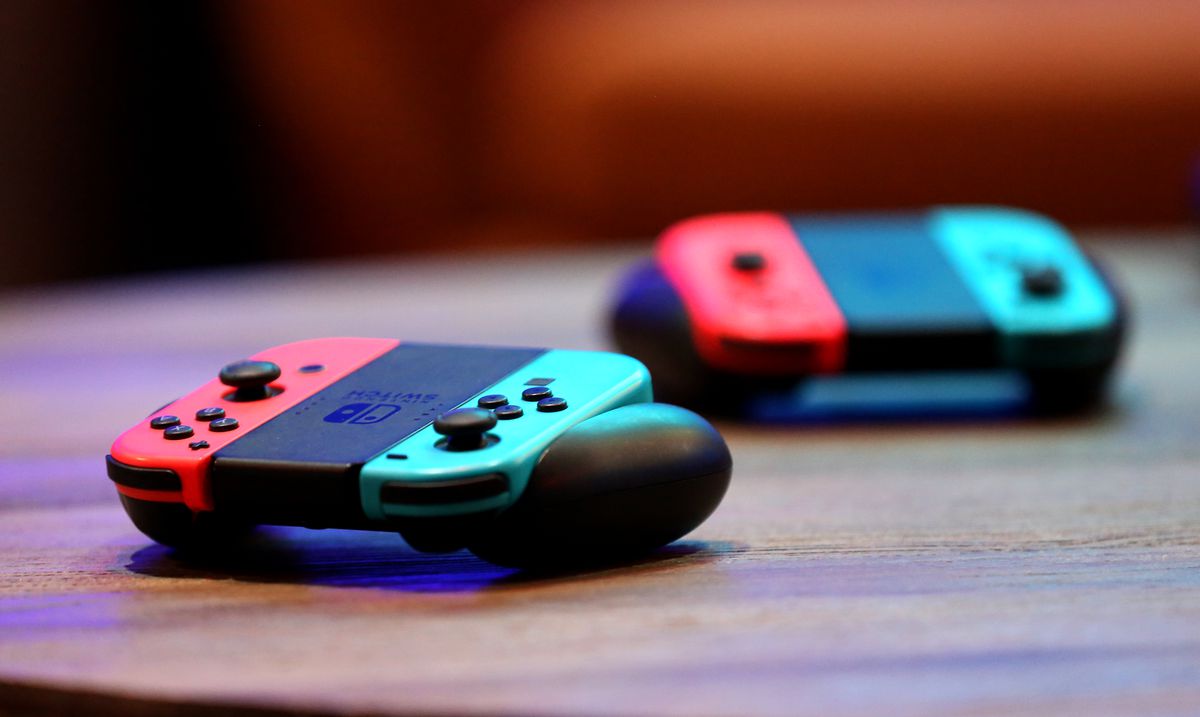
Nintendo Switch Online + Expansion Pack / Virtual Console
Nintendo Switch Online is required for people who want to play multiplayer online games on the Switch; it costs $19.99 per year, $7.99 every three months, or $3.99 per month. That hasn’t necessarily been the problem — the Nintendo Switch Online + Expansion Pack has. It’s basically the upper-tier version of the original service, offering everything the original does plus a bunch of classic video games for the price of $49.99. It also gives access to expansion content, like Animal Crossing: New Horizons’ Happy Home Paradise DLC. When the subscription service was released in 2021, people were immediately upset with the quality of the emulation. It wasn’t good enough to support the $30 increase in price. That, plus the fact that if you stopped the subscription you’d lose access to the DLC, made fans livid.
It’s still not something Nintendo Switch players are thrilled with, but as games have been added, the value of it has been more apparent. To put it another way, though, it’s no Virtual Console, which was a popular way for people to play old Nintendo games on the Wii, Wii U, and Nintendo 3DS. At launch, and for much of the Nintendo Switch’s life, the classic games archive with Nintendo Switch Online was and has been limited; there have been plenty of Nintendo Entertainment System and Super Nintendo Entertainment System games, but Nintendo 64 and Sega Genesis games only made it on there in 2021, while Game Boy games weren’t available until 2023. A lot of Nintendo fans have found it a failure on both a consumer level — just let us buy these games! — and as a failure to game preservation, especially as Nintendo takes down its old eShop stores.
Save data transfers and backups
The Nintendo Switch didn’t have a way to back up or transfer data at launch. You couldn’t (and still can’t!) put save data on a microSD card, for example. The Switch did (and does) allow for expandable storage for games using the microSD slot, but it is no use to save data, which is stored only on the hardware itself. Previously, cartridge-based games had used the cartridges themselves to save data, but that isn’t true for the Switch. If you used up your save data on the console, stuff had to be deleted.
I’m sure it’s easy to tell why this is a problem: If you lost your Switch or it broke, you were out of luck. People were surprised to find this out ahead of the Switch’s launch, because copying save files was something easily available on the Nintendo 3DS, Wii, and Wii U. It’s something that fans were upset about because it’s been pretty easy to do elsewhere, like on PlayStation and Xbox. (Xbox backs up save data on the cloud, while PlayStation lets you pay for the cloud but freely save games to USB storage.)
Of course, that’s no longer the case. You can now transfer your save data to a new Nintendo Switch console; Nintendo updated its console with this feature in 2019. You still can’t put saves on microSD cards, though.
